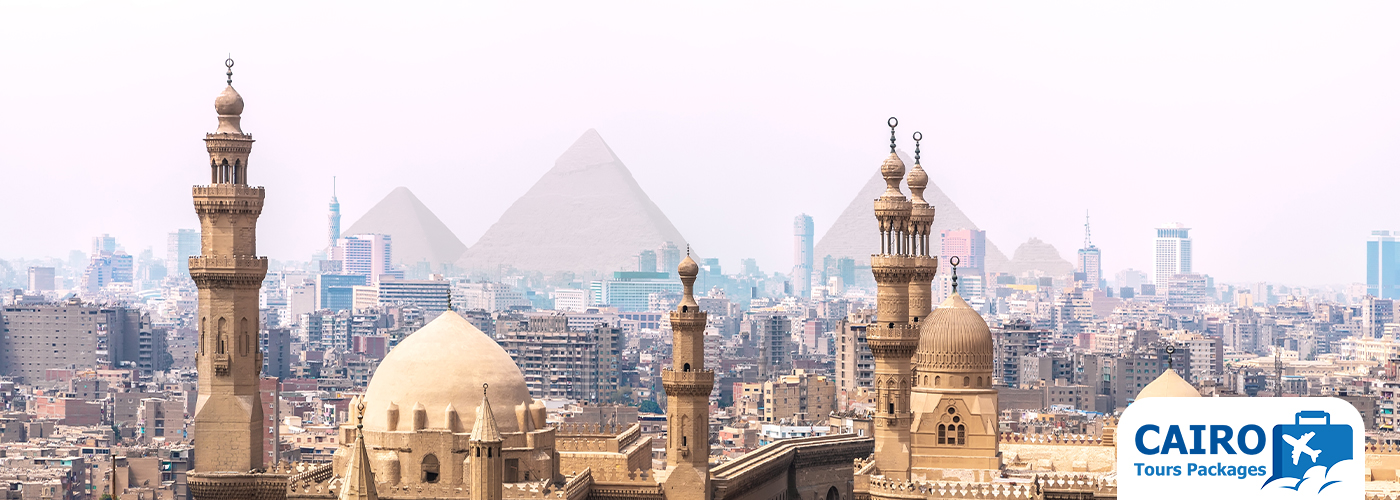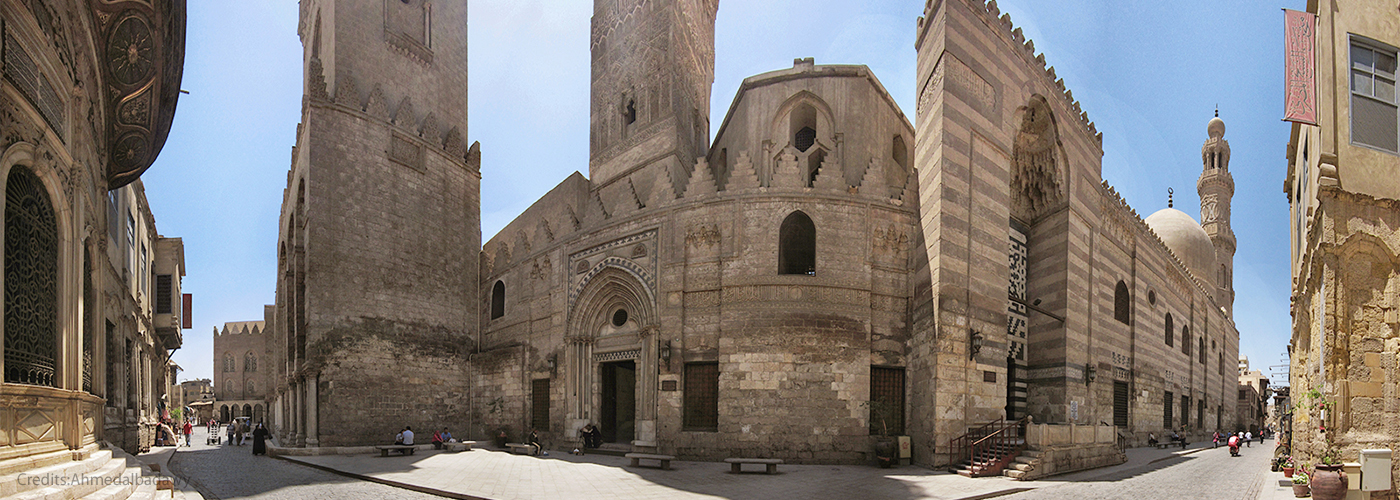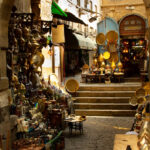
Al-Muizz Street, often hailed as Cairo’s most historic thoroughfare, offers a captivating journey through the city’s rich Islamic heritage. Stretching through the heart of Islamic Cairo, this street is a treasure trove of medieval architecture, bustling markets, and vibrant culture. In this blog post, we will explore the historical significance, architectural marvels, and unique experiences that make Al-Muizz Street a must-visit destination.
Historical Significance
- A Glimpse into Cairo’s Past: Al-Muizz Street dates back to the Fatimid era, making it one of Cairo’s oldest streets. Named after the Fatimid Caliph Al-Muizz li-Din Allah, the street was once a bustling center of trade and culture. Walking down Al-Muizz Street is like stepping back in time, offering a fascinating glimpse into medieval Cairo’s daily life and grandeur.
- Architectural Legacy: The street is lined with some of Cairo’s most significant Islamic architectural monuments. From grand mosques and schools to exquisite palaces, Al-Muizz Street showcases a diverse range of architectural styles from different periods. This rich collection of buildings reflects the city’s historical evolution and cultural diversity.
- Cultural Hub: Throughout its history, Al-Muizz Street has been a cultural and commercial hub. It was the site of important markets, religious schools, and social gatherings. Today, it continues to be a vibrant area where locals and tourists alike experience Cairo’s cultural heritage.
Architectural Marvels
- Mosque of Ibn Tulun: One of the oldest mosques in Cairo, the Mosque of Ibn Tulun is renowned for its impressive size and distinctive architecture. Its vast courtyard and towering minaret are significant examples of early Islamic design. The mosque’s open spaces and intricate details provide a serene setting for reflection and admiration.
- Sultan Hassan Mosque: Considered one of the finest examples of Mamluk architecture, the Sultan Hassan Mosque is a monumental structure known for its grandeur and intricate craftsmanship. The mosque’s massive courtyard, towering minarets, and elaborate interiors highlight the opulence of the Mamluk era.
- Al-Aqmar Mosque: This mosque is notable for its unique façade and intricate stonework. Built during the Fatimid period, it features a combination of geometric patterns and ornamental details that exemplify early Islamic art and architecture.
- Bayt Al-Suhaymi: This well-preserved house offers a glimpse into traditional Cairene life. The residence, built in the 17th century, features a beautiful courtyard, intricate woodwork, and traditional furnishings. It provides visitors with a sense of the opulence and domestic architecture of historical Cairo.
Unique Experiences
- Souks and Markets: Al-Muizz Street is home to a variety of souks (markets) where visitors can experience Cairo’s vibrant market culture. From traditional textiles and handcrafted goods to spices and sweets, the markets offer a sensory overload of sights, sounds, and smells. It’s a great place to pick up souvenirs and immerse yourself in local life.
- Cultural Events: The street frequently hosts cultural events and festivals that celebrate Cairo’s rich heritage. These events often include traditional music, dance performances, and historical reenactments, providing visitors with an immersive cultural experience.
- Cafés and Eateries: Al-Muizz Street is dotted with charming cafés and eateries where visitors can enjoy traditional Egyptian cuisine. Savor local dishes such as koshari, falafel, and freshly brewed mint tea while soaking in the street’s historical ambiance.
- Guided Tours: For a deeper understanding of the street’s history and architecture, consider joining a guided tour. Knowledgeable guides can provide fascinating insights into the significance of the various buildings and share stories from Cairo’s past.
Tips for Visitors
- Best Time to Visit: Al-Muizz Street is best explored in the cooler months of spring and autumn. Early mornings or late afternoons are ideal for avoiding the midday heat and enjoying a more pleasant experience.
- Dress Code: Respectful attire is recommended when visiting religious sites. Modest clothing that covers the shoulders and knees is appropriate. Comfortable walking shoes are also advisable as the street is best explored on foot.
- Photography: Many of the buildings and markets offer excellent photography opportunities. However, be mindful of any restrictions on photography, particularly inside religious sites.
- Local Etiquette: When visiting local markets, be prepared to haggle politely. Bargaining is a common practice in Cairo’s souks, and engaging in this cultural tradition can be part of the fun.
- Accessibility: Al-Muizz Street is accessible by public transportation, including taxis and buses. It is also a walkable area, though some parts may be crowded. Plan your visit accordingly and be prepared for a lively atmosphere.
Conclusion
Al-Muizz Street is a captivating journey through Cairo’s Islamic heritage, offering a blend of historical landmarks, vibrant markets, and cultural experiences. Its rich architectural legacy and bustling atmosphere make it a unique destination that captures the essence of medieval Cairo.
For more information on exploring Cairo’s historic sites and cultural treasures, visit
Plan your visit to Al-Muizz Street and immerse yourself in the charm and history of one of Cairo’s most iconic thoroughfares.







